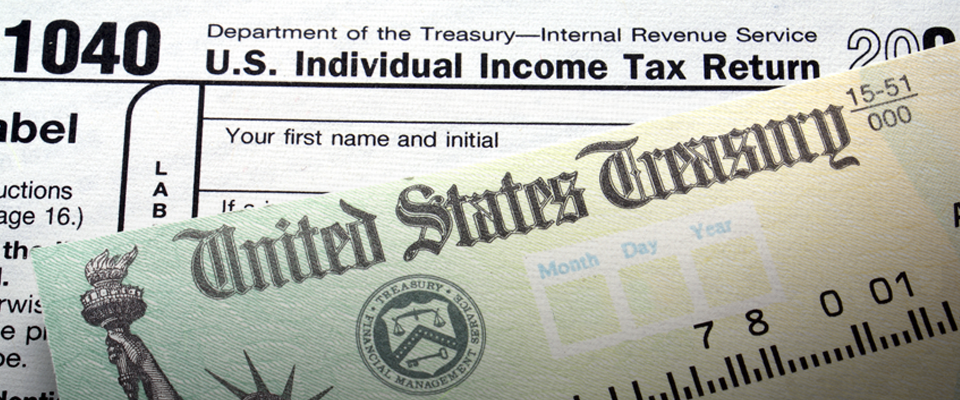The deadline to file federal income taxes draws closer every day, and while 2018 may be over, there are still opportunities remaining for tax deductions.
Individual Retirement Accounts (IRAs) offer one of the few tax deductions that are available after the end of the year. IRAs are a fantastic way to fund or supplement your retirement savings, as they provide a variety of ways to make contributions, as well as options to meet your specific tax needs.
If you haven’t already done so, now is the time to fund your traditional IRA to reap tax benefits for the 2018 taxable year. Making a deductible contribution to your retirement account may help lower your tax bill, and, in addition, contributions will compound tax-deferred. That means that you won’t have to pay income taxes on the funds in your traditional IRA until you begin taking distributions in retirement.
For 2018, the maximum IRA contribution is $5,500. If you are age 50 or over by the end of the year, you can contribute an additional $1,000 for a total of $6,500. All contributions must be made before the tax filing due date—April 15, 2019.
If you choose to make your IRA contribution after January 1, be sure to let your financial institution know the year to which you would like the contribution applied. If you do not indicate what year, the contribution will generally be applied to the year in which it is made.
Maxing out your IRA contributions can not only provide you with tax benefits, but can also help you be better prepared for retirement. Click here to learn more about the IRA options we have available.
This information is not tax advice. Information is from sources deemed reliable. Information is subject to error, omission, withdrawal, or change. Contact your own tax advisor before taking any action that would have a legal consequence.


